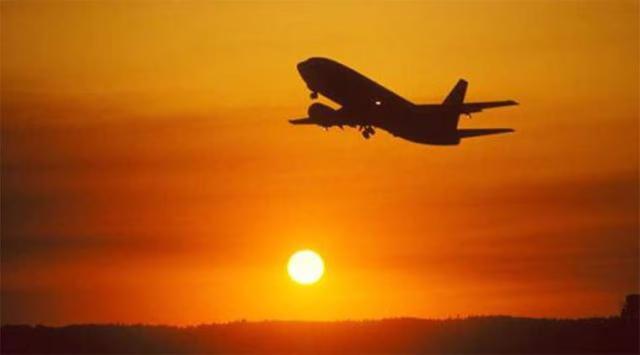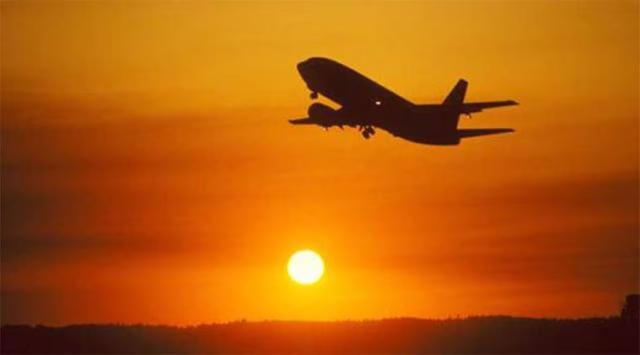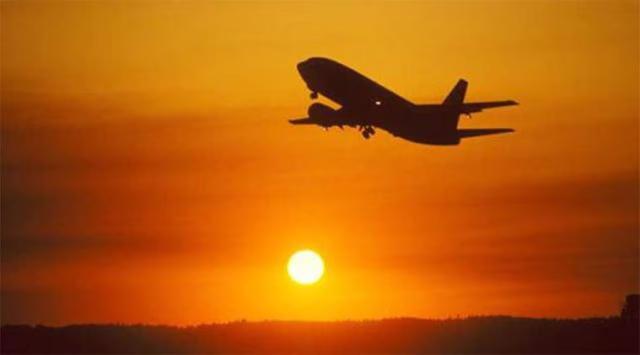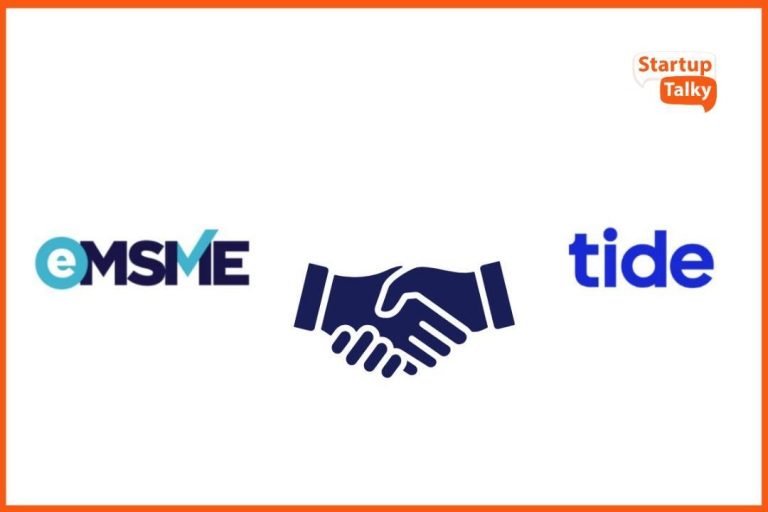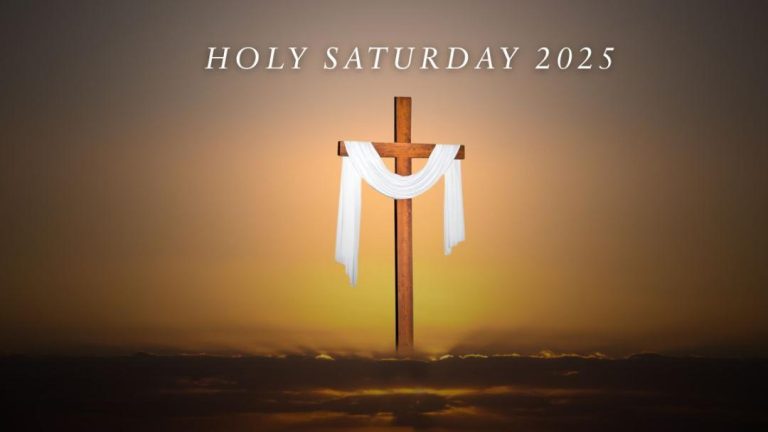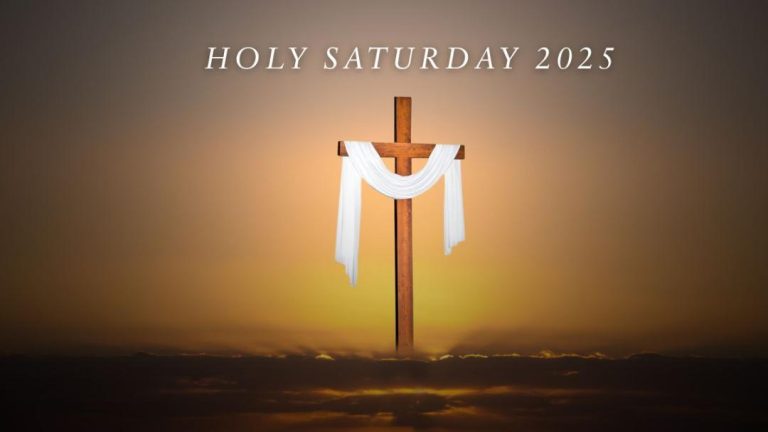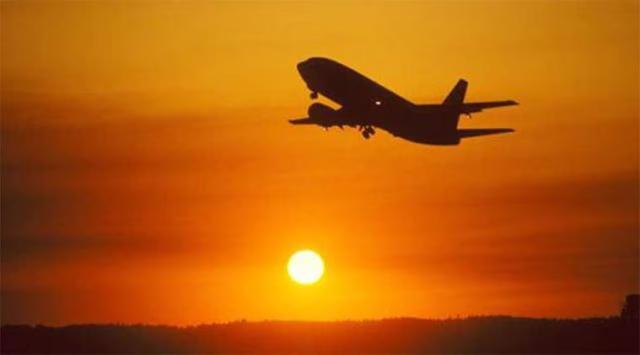
Class 12 Physics & Math Requirement for Becoming Commercial Pilot Might be Scrapped: Report
The Directorate General of Civil Aviation (DGCA) is considering a significant change in the eligibility criteria for commercial pilot licence training in India. According to a recent report, the DGCA is planning to scrap the current rule that requires students to have studied Physics and Math in Class 12 to be eligible for commercial pilot training. This move is expected to open up the field of commercial aviation to a wider range of students, including those from arts and commerce streams.
Currently, in India, commercial pilot training has been restricted to Science and Math students since the mid-1990s. This has meant that students who have not studied Physics, Chemistry, and Math in Class 12 are not eligible to pursue a career as a commercial pilot. However, the DGCA’s proposed change could potentially change this scenario.
The decision to scrap the Physics and Math requirement is reportedly being taken to increase the diversity of students pursuing a career in aviation. The DGCA believes that this move will encourage more students from different academic backgrounds to consider a career in aviation, which could lead to a more diverse and talented pool of pilots.
The change in the eligibility criteria is likely to be welcomed by students from arts and commerce streams who have always been fascinated by the idea of becoming a commercial pilot but were previously excluded due to the Physics and Math requirement. This move could also lead to an increase in the number of women and students from underrepresented communities pursuing a career in aviation.
The DGCA’s decision is also expected to benefit students who have not had the opportunity to study Physics, Chemistry, and Math in Class 12 due to various reasons such as lack of resources or limited access to quality education. This move could provide them with a second chance to pursue a career in aviation, which would otherwise have been out of reach.
However, the change in the eligibility criteria is not without its challenges. The DGCA will need to ensure that the training programs for commercial pilots are adapted to accommodate students from different academic backgrounds. This could involve modifying the curriculum and training methods to cater to the needs of students who may not have a strong foundation in Physics, Chemistry, and Math.
Additionally, the DGCA will also need to ensure that the quality of training is maintained and that students from different academic backgrounds are able to meet the required standards for commercial pilot licence training. This could involve establishing new training programs and certification processes that are tailored to the needs of students from arts and commerce streams.
The proposed change is also expected to have implications for the aviation industry as a whole. The industry is likely to benefit from a more diverse pool of pilots, which could lead to improved safety and efficiency in flight operations. The change could also lead to an increase in the number of pilots available for training, which could help to address the shortage of pilots that the industry is currently facing.
In conclusion, the DGCA’s proposal to scrap the Physics and Math requirement for commercial pilot licence training is a significant development that could open up new opportunities for students from arts and commerce streams. While there are challenges associated with this change, the potential benefits are significant, and the DGCA’s decision is likely to be welcomed by students and the aviation industry as a whole.
